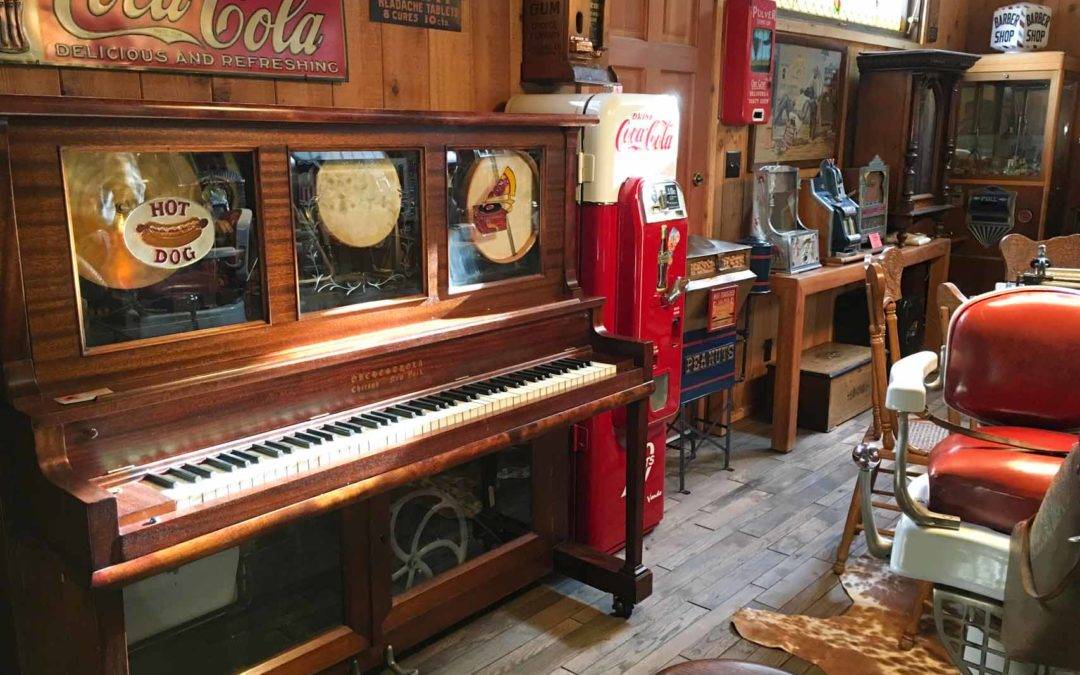Player pianos, a wonderful merger of music, mechanics, and magic, were once the center of entertainment in many households across the United States and other parts of the world. These self-playing pianos captured the imaginations of those who heard them and represented a significant technological advancement in the realm of musical instruments.
The Origins of Player Pianos
The player piano’s roots trace back to the late 19th century. The basic concept behind them was to automate the playing process by encoding music onto a medium (originally paper rolls) which, when read by the piano, would trigger the appropriate keys and pedals.
The first player piano systems were manually operated, with the user turning a hand crank to move the paper roll and produce sound. However, pneumatic systems, which used air pressure to activate the keys, soon became the standard due to their ability to produce a more nuanced and dynamic sound.
The Golden Age of the Player Piano
Between the 1900s and the 1920s, player pianos reached their peak in popularity. Many households, eager to have a form of entertainment and lacking the means or time to learn piano, turned to player pianos as a solution. With the piano rolls, one could “play” the latest hits or classical pieces without any musical training.
Several companies began manufacturing these pianos, and the market for music rolls expanded exponentially. Famous composers and pianists would record their performances onto rolls, allowing people to hear a rendition by the composer themselves in their own homes.
Sales Figures and Popularity Decline
Estimates suggest that at the height of their popularity, around 1924, nearly 200,000 player pianos were sold in the U.S. annually. Cumulatively, from the early 1900s until 1940, it’s believed that around 2 million player pianos were sold in America. This doesn’t account for sales in other parts of the world, where player pianos also had a presence, albeit a smaller one.
However, the decline of the player piano was on the horizon by the late 1920s. The introduction of the radio, followed by the phonograph and other forms of recorded music, began to eclipse the player piano. These new technologies were more affordable, required less maintenance, and offered a wider variety of entertainment options.
By 1940, with the world on the brink of the Second World War and amidst the Great Depression, the sale of luxury items like player pianos had dwindled considerably. Production had slowed dramatically, and many manufacturers either went out of business or shifted their focus to other products.
Player pianos, for a time, were a marvel that brought music into the homes of countless individuals. They represented an era when mechanical automation was blending with art to create something magical. While their reign was short-lived, their legacy remains as a testament to the ever-evolving relationship between technology and music.

